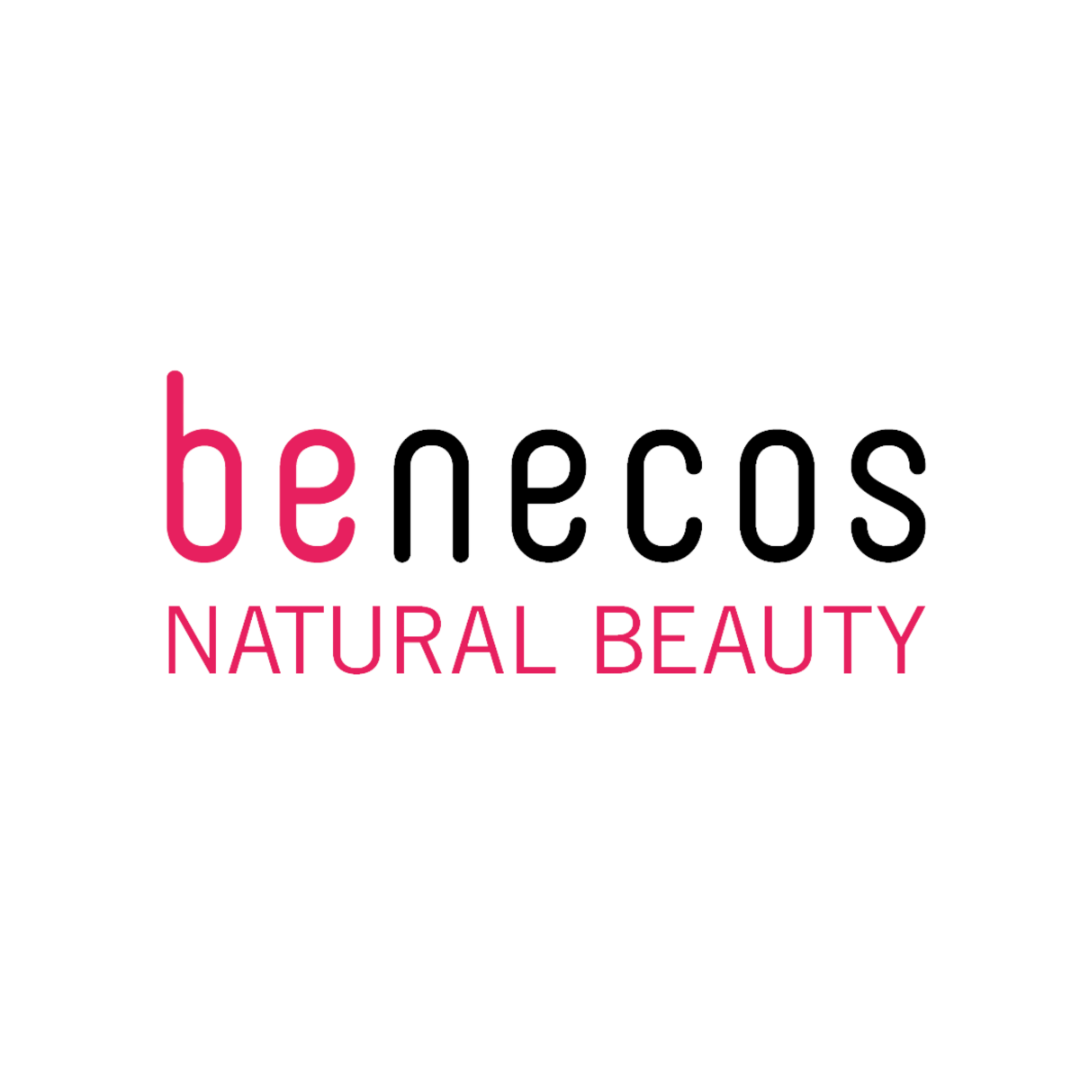OILY SKIN
Finding the balace between hydration and oily can be tricky. Fortuntely we have the tips and products to help you ot!
Symptoms of Oily
Symptoms of Oily
Oily skin occurs when glands in the skin make too much sebum, which is the waxy substance that seals in moisture. Gentle cleansing, oil-free moisturizers, and treatments to reduce sebum production may help. Many factors can contribute to oily skin. The over production of sebum can lead to lots of thing. Your skin will appear shiny and not in the good way. With the over production of oils on your skin, it leads to clogged pores; this is why you find lots of people with oily skin suffer with acne.
Many factors may contribute to oily skin. Some are things a person can change, while others are not. For example, some people may have oily skin due to genetics. Some causes may include hormonal fluctuations due to puberty, pregnancy, or menopause. Certain medications, such as those that affect hormone levels and certain medical conditions, such as polycystic ovary syndrome (PCOS) in females.

TOP INGREDIENTS FOR OILY SKIN
Kaolin clay works by drawing out impurities from the pores, so it may be suitable for those with blemish-prone and oily skin types. This type of clay also has mild astringent properties that will help to absorb excess oil and improve your complexion at the same time
Jojoba can be used to treat acne-prone skin, breakouts, and blemishes. Its chemical composition mimics sebum, which is the natural oil produced by the face that can cause acne. Jojoba oil suppresses oil production, making it an excellent choice for oily skin.
Lemon juice has astringent qualities due to its acidic level. Ingredients with a low pH level can help decrease inflammation and oil that may contribute to the formation of acne.




